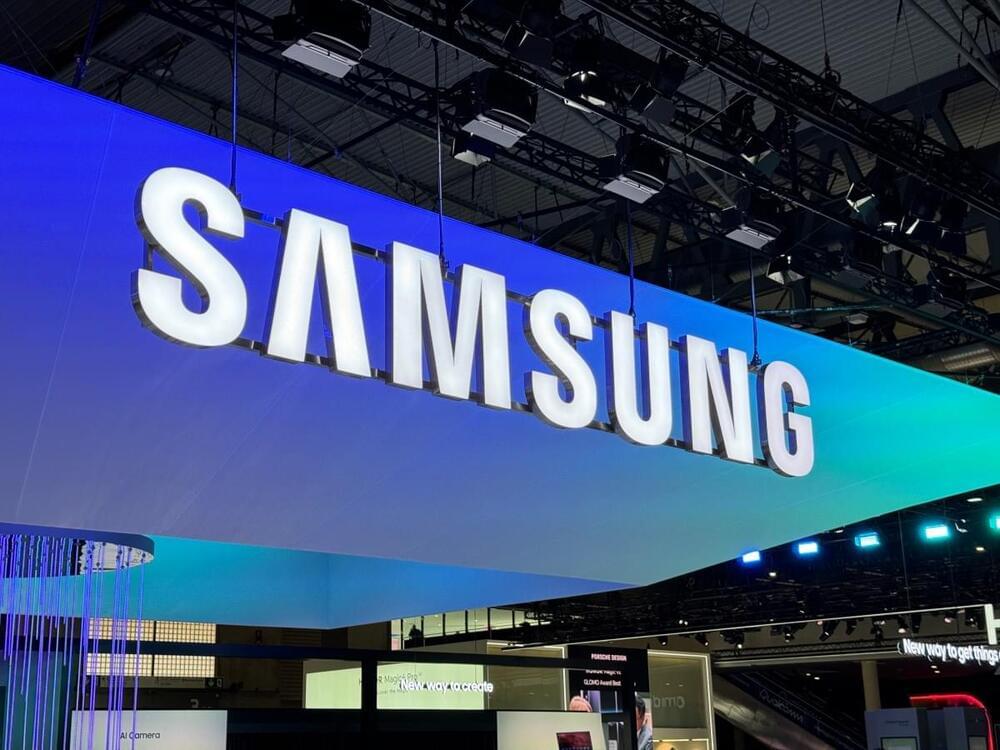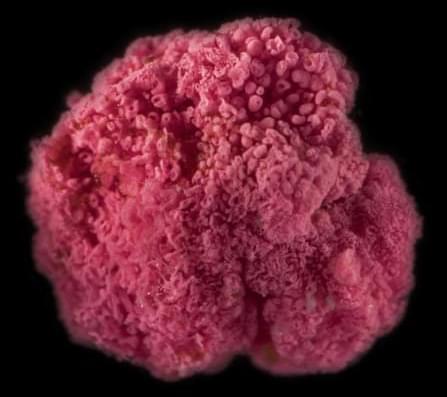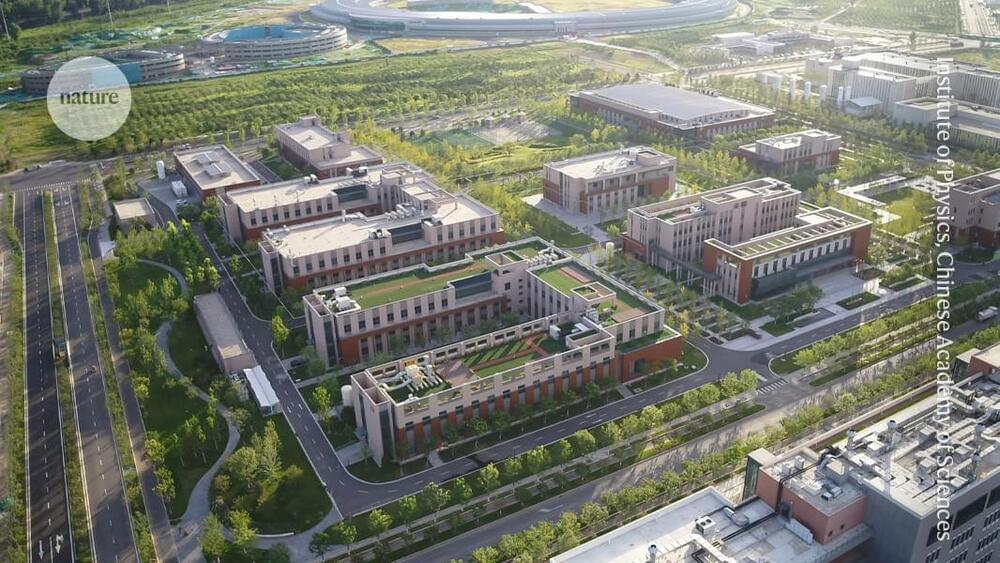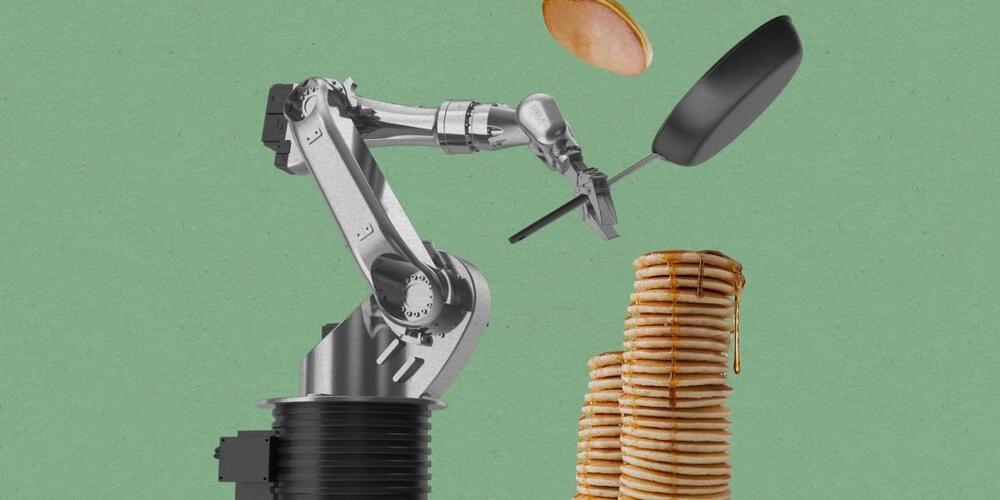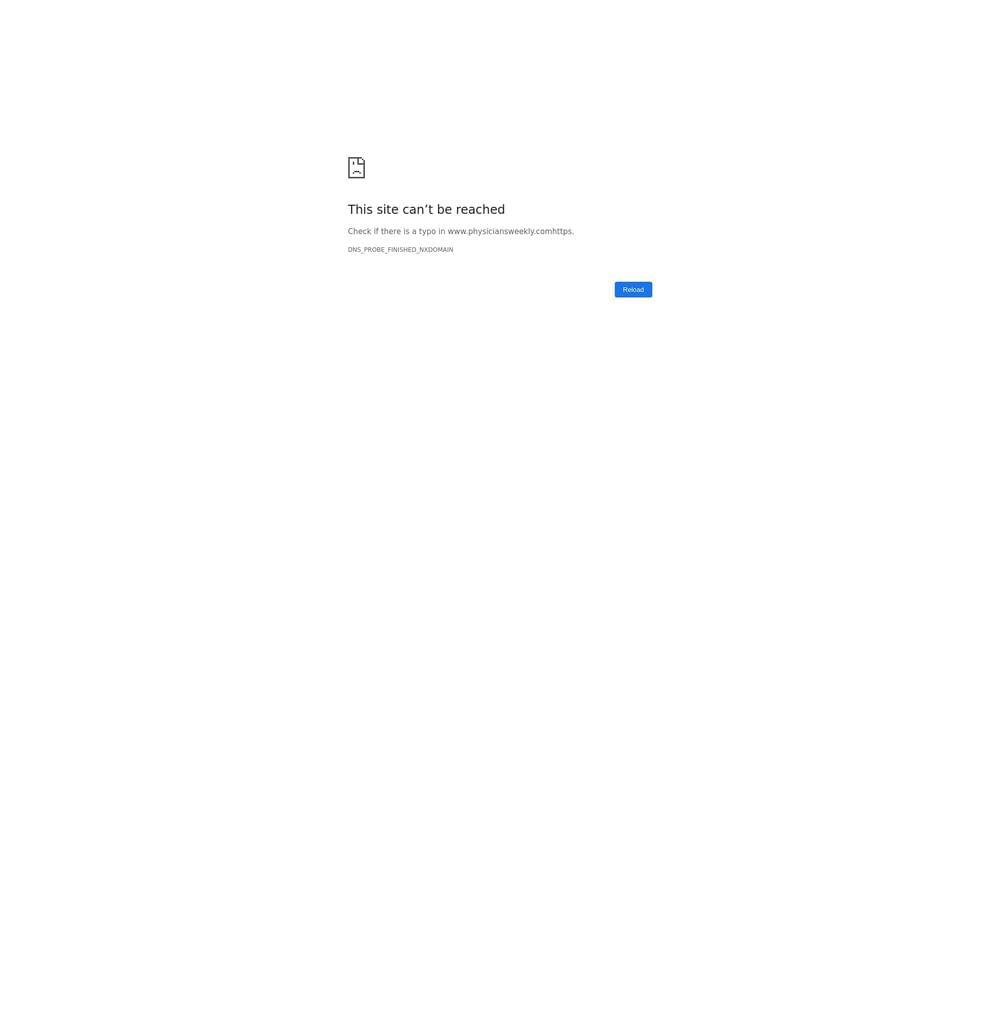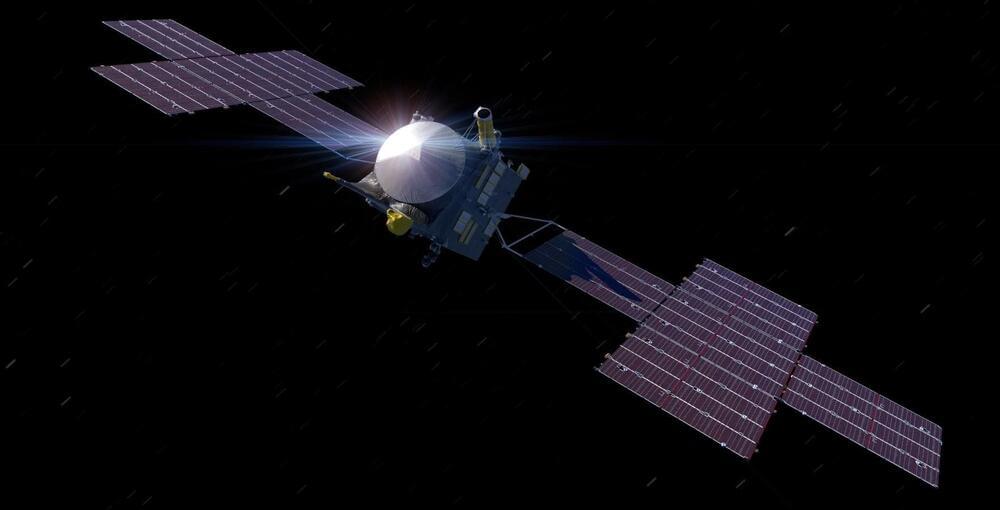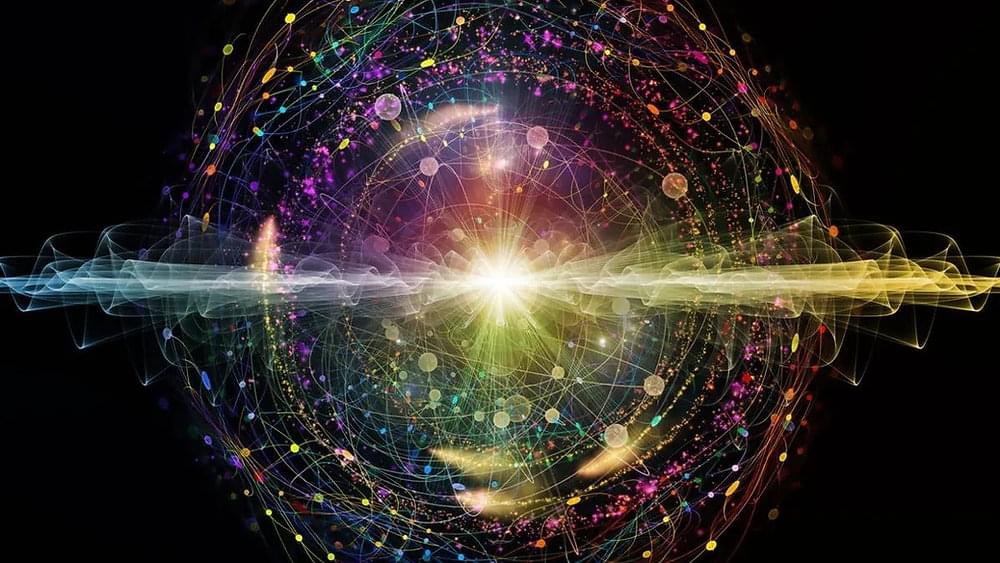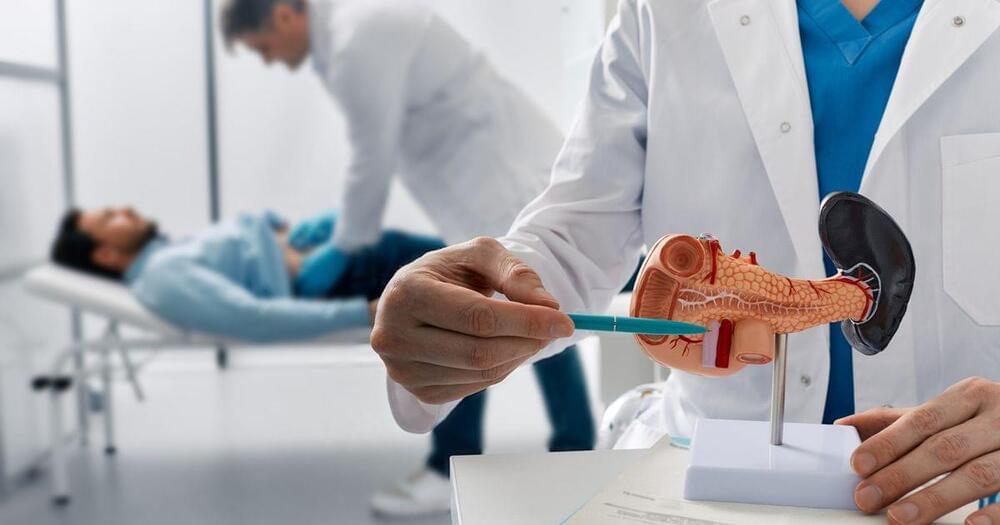In line with that ambition, Samsung on Tuesday said it has begun mass-producing high-performance memory chips, like HBM3E 8H (8-layer) DRAM, as well as V9 NAND chips, typically used in enterprise servers, AI and cloud devices. The company said it also intends to produce HBM3E 12H (12-layer) chips in the second quarter of this year.
Samsung is the world’s largest memory chip maker and competes with Micron and SK Hynix, a Korean memory chip maker, in the market for HBM chips. Micron kicked off its mass production of 8-layer HBM3E semiconductors in February, and last month at Nvidia’s GTC 2024, SK Hynix said it had also started mass producing HBM3E chips.
As for its foundry business, Samsung said its development of 3-nanometer and 2-nanometer AI chips is “progressing smoothly.”
